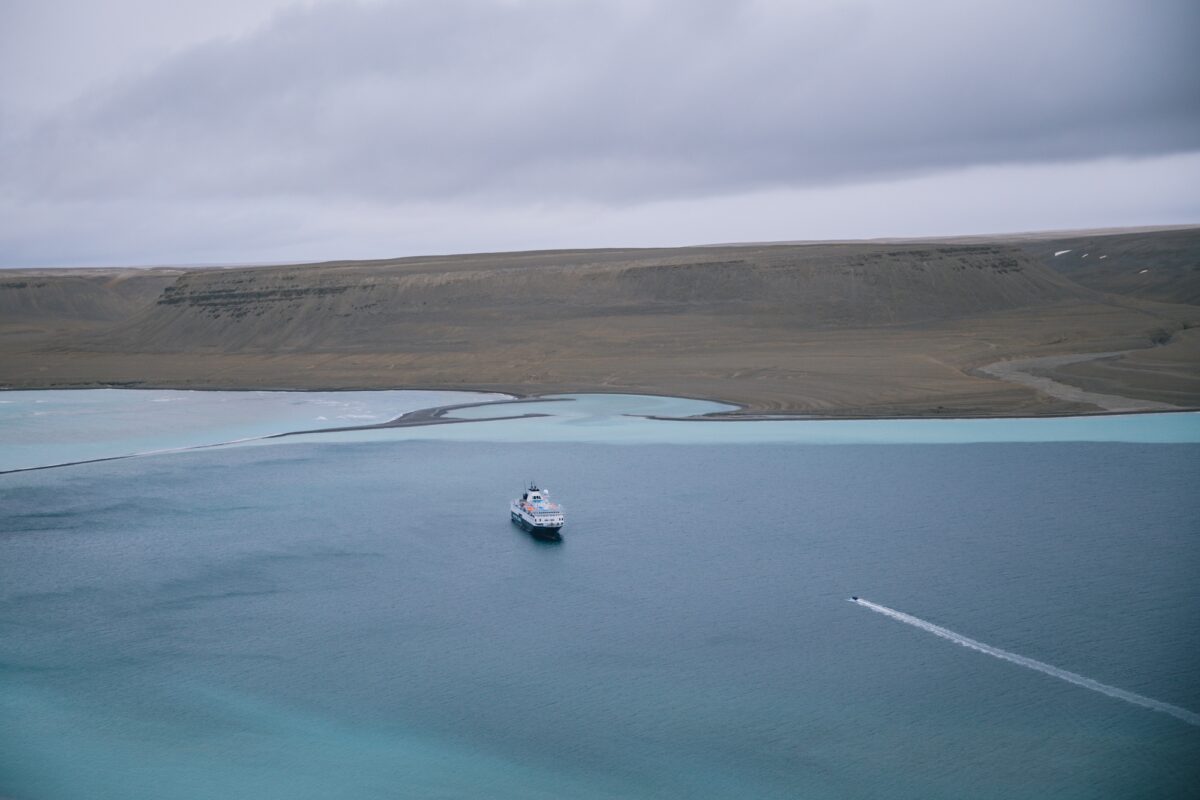What is it about us humans that makes us want to conquer things? We get the same endorphins from a stint at the gym or chowing down on chocolate cake. Why do we (cough, cough, men) so often feel the need to be the first at something? Why does glory outweigh death on a journey to claim a first victory?
I always think of that George Mallory quote when asked why he wanted to climb Mt. Everest: “Because it’s there.” It’s either the dumbest reason or the cleanest reason. And since old mate George died on Everest, leaving the question of whether or not he was the first person ever to summit it in question, the world leaned towards it being aspirational.
Fully gripped by the polar bug for nearly a decade, I have adopted the habit of reading many of the journals and accounts of Arctic explorers in the 19th and 20th centuries. And there is no shortage of material when it comes to the Lost Franklin Expedition (capitalized for emphasis) and the quest to conquer the Northwest Passage.
For hundreds of years, Europeans were obsessed with finding a way through the mythical Northwest Passage. There are several main routes through Canada’s Arctic archipelago of 36,500 islands, connecting the Atlantic and Pacific Oceans. Seeking an alternative trade route to Asia faster than via the Cape of Good Hope, it took centuries for white people to properly find a path through thousands of kilometers of icy, unforgivable wilderness. Inuit and other indigenous people were, of course, there the entire time.
For death and glory, gentlemen!
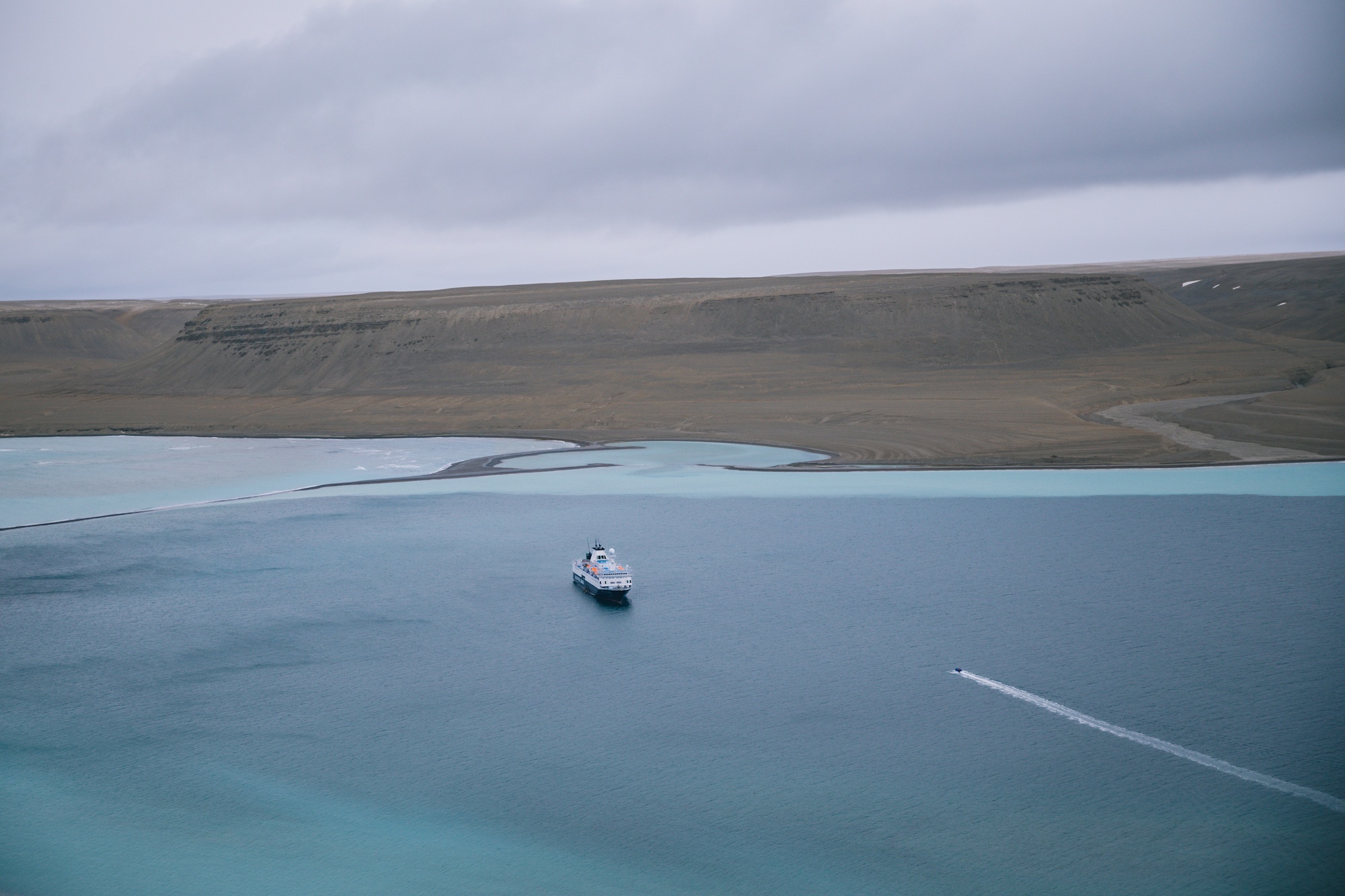
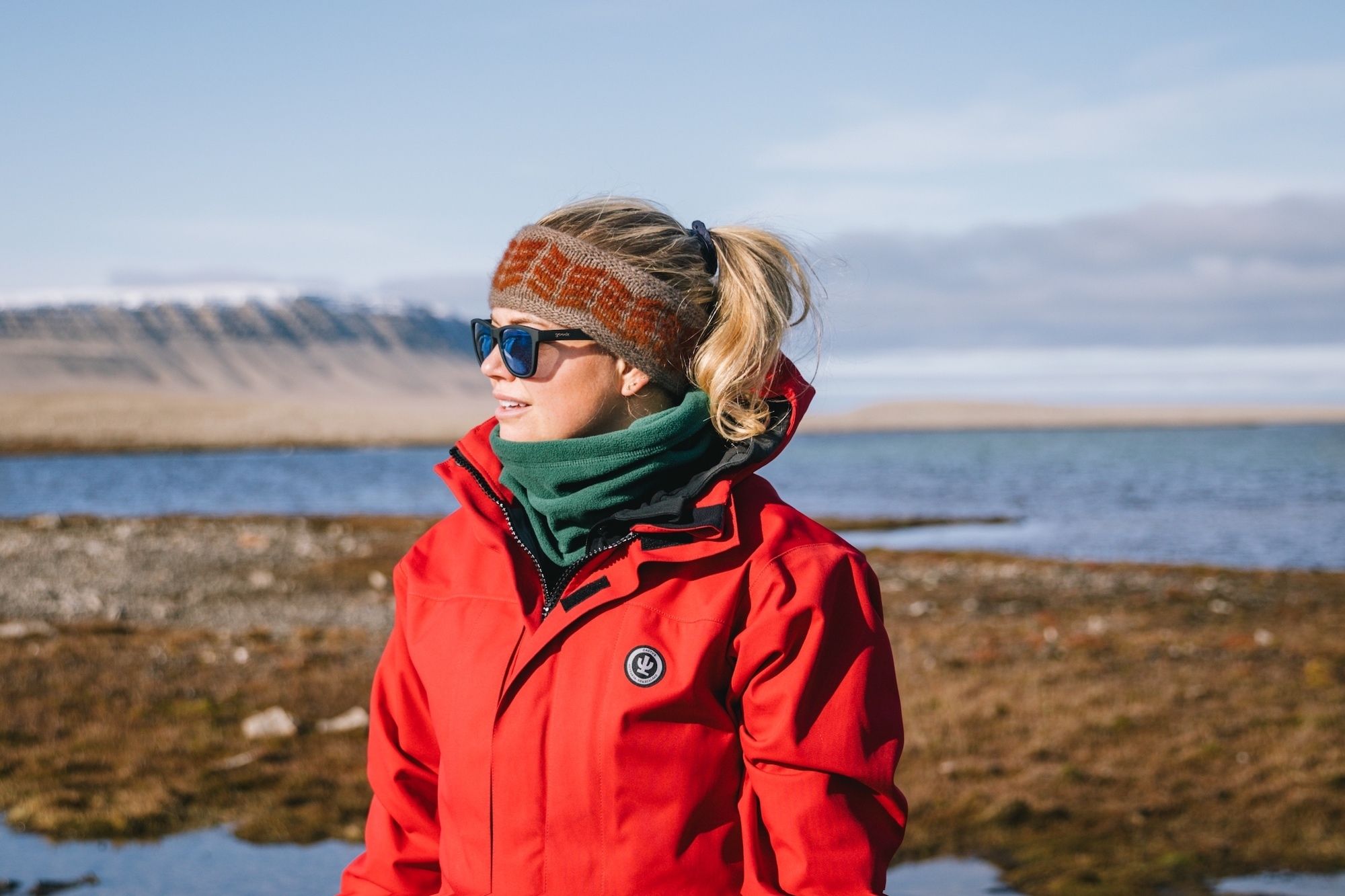
Sir John Franklin was an exceptionally average British naval officer who somehow managed to land the position of leading the best-outfitted polar expedition of the time to travel the Northwest Passage completely. Departing England in 1845 with the HMS Erebus and HMS Terror, they were last seen anchored to an iceberg in Baffin Bay (never attach a boat to an iceberg, folks; it’s super dangerous).
The mystery of what exactly happened to Franklin, his fancy ships, and his crew of 128 men has captivated the world since he didn’t return. While bits and pieces were found, we do know cannibalism was involved, solidifying the mystery into the global imagination. Hundreds of missions were launched to search for them, but the full story has never been revealed.
It wasn’t until 60 years later that legendary Norwegian Polar explorer Ronald Amundsen finally completed the journey from the Atlantic to the Pacific onboard his little boat, the Gjøa. Ever since I don’t think there is a voyage more iconic in the Arctic than traversing the Northwest Passage. Climate change makes the Northwest Passage more navigable than ever with less sea ice.
Last summer, I spent nearly three weeks with Adventure Canada, voyaging through the Northwest Passage by expedition ship. It was an iconic, unforgettable experience; here are some of my photos that made me fall in love with it.
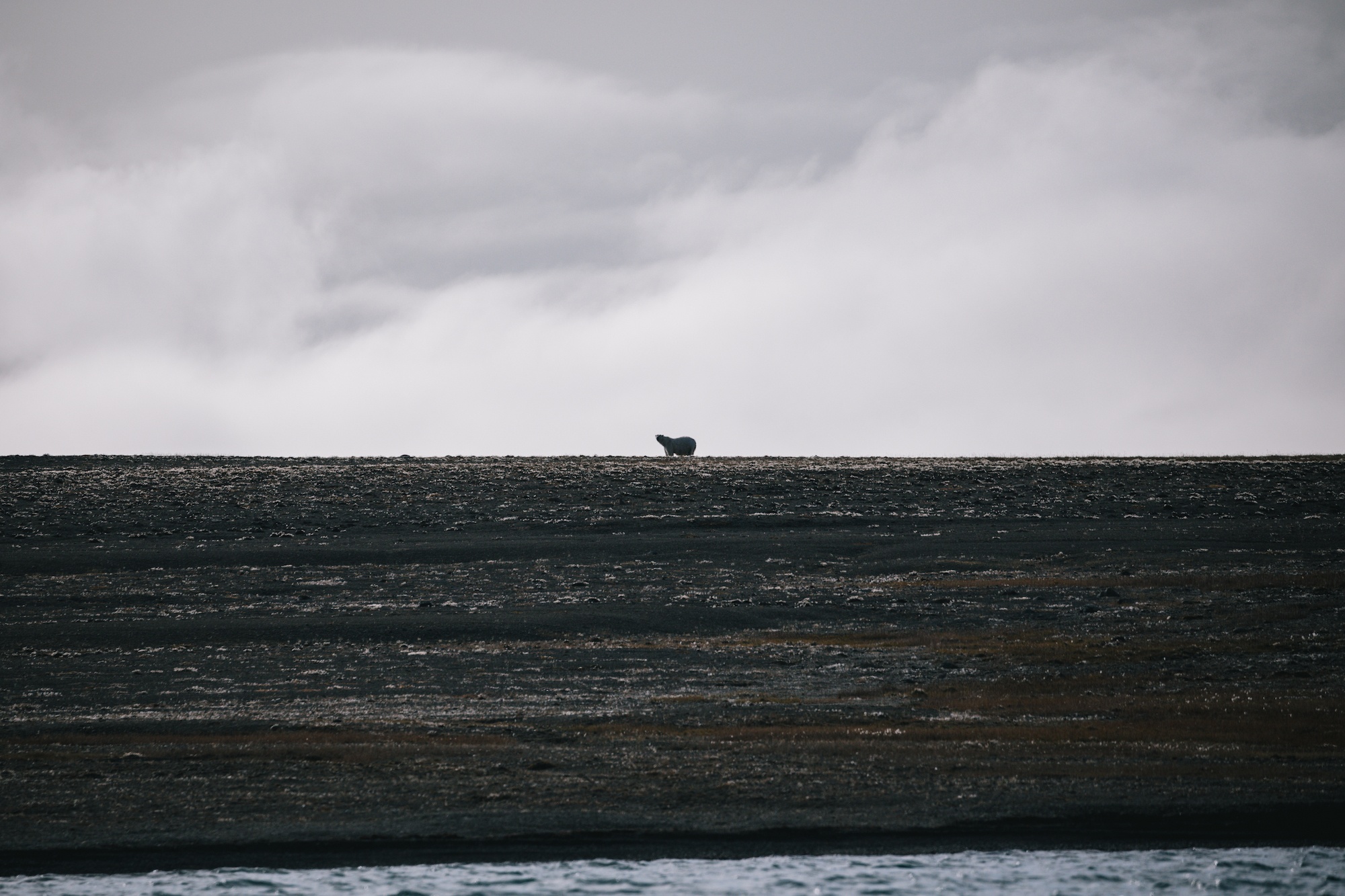
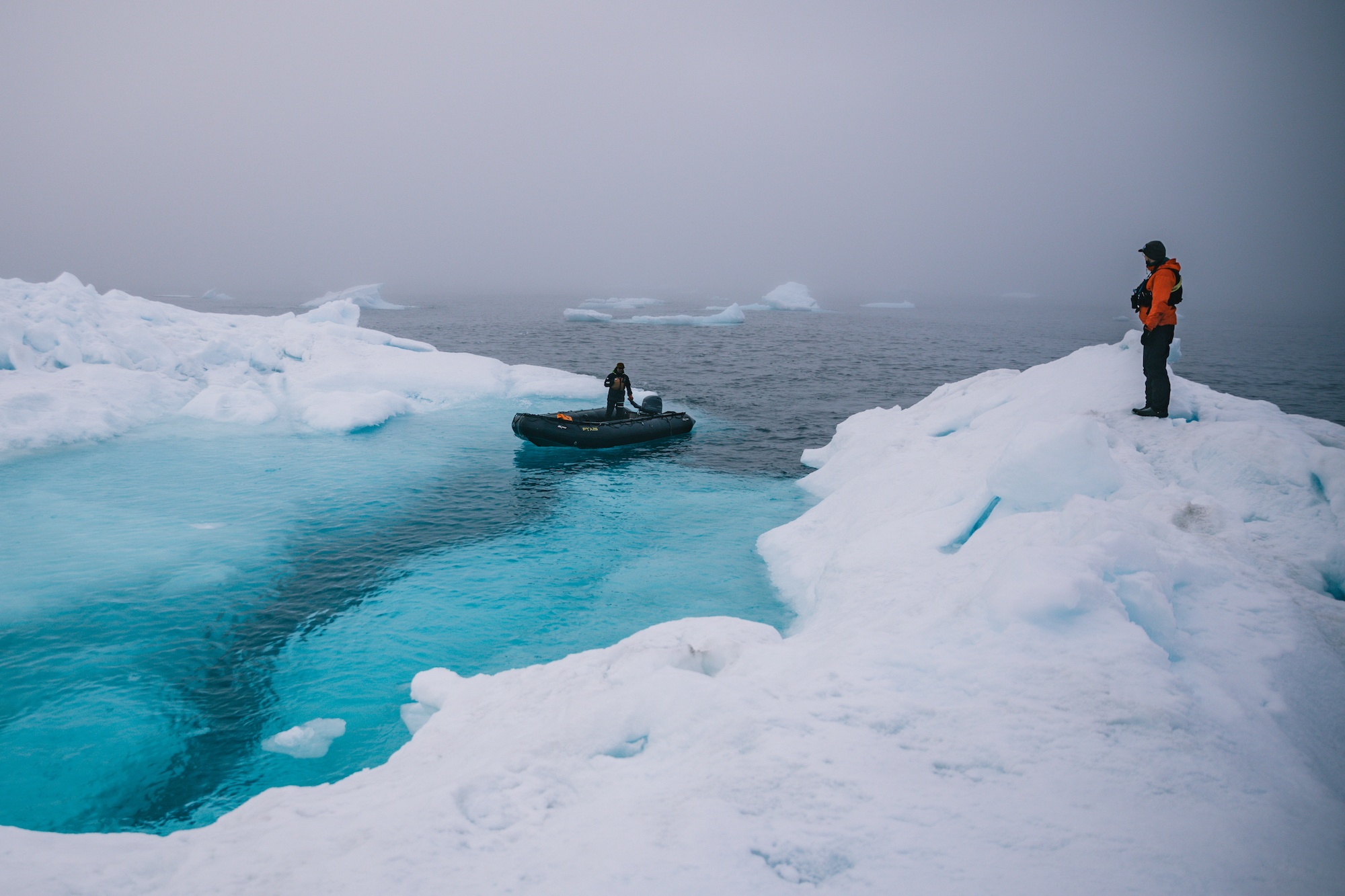
Beechey Island
One of the big highlights of cruising the Northwest Passage has to be visiting Beechey Island. If you’re interested in the history and mystery around the Franklin Expedition, Beechey Island is an important site to visit. I’ve visited Beechey Island a few times now. Every single time, I think to myself, how the hell did these men survive here for years?! Cold, windy, and desolate in summertime, I can’t even fathom this place in winter. To travel the Northwest Passage meant hardship.
Notorious for being the place where the expedition first overwintered from 1845–1846, you can see three graves of Franklin’s sailors. This gave some insight into the beginning of what happened once they disappeared. It also launched the theory of lead poisoning when the bodies when studied. Google “Beechey Island mummies” if you want to unlock some new nightmares.
We also visit Beechey Island on Adventure Canada’s High Arctic Explorer trips too.
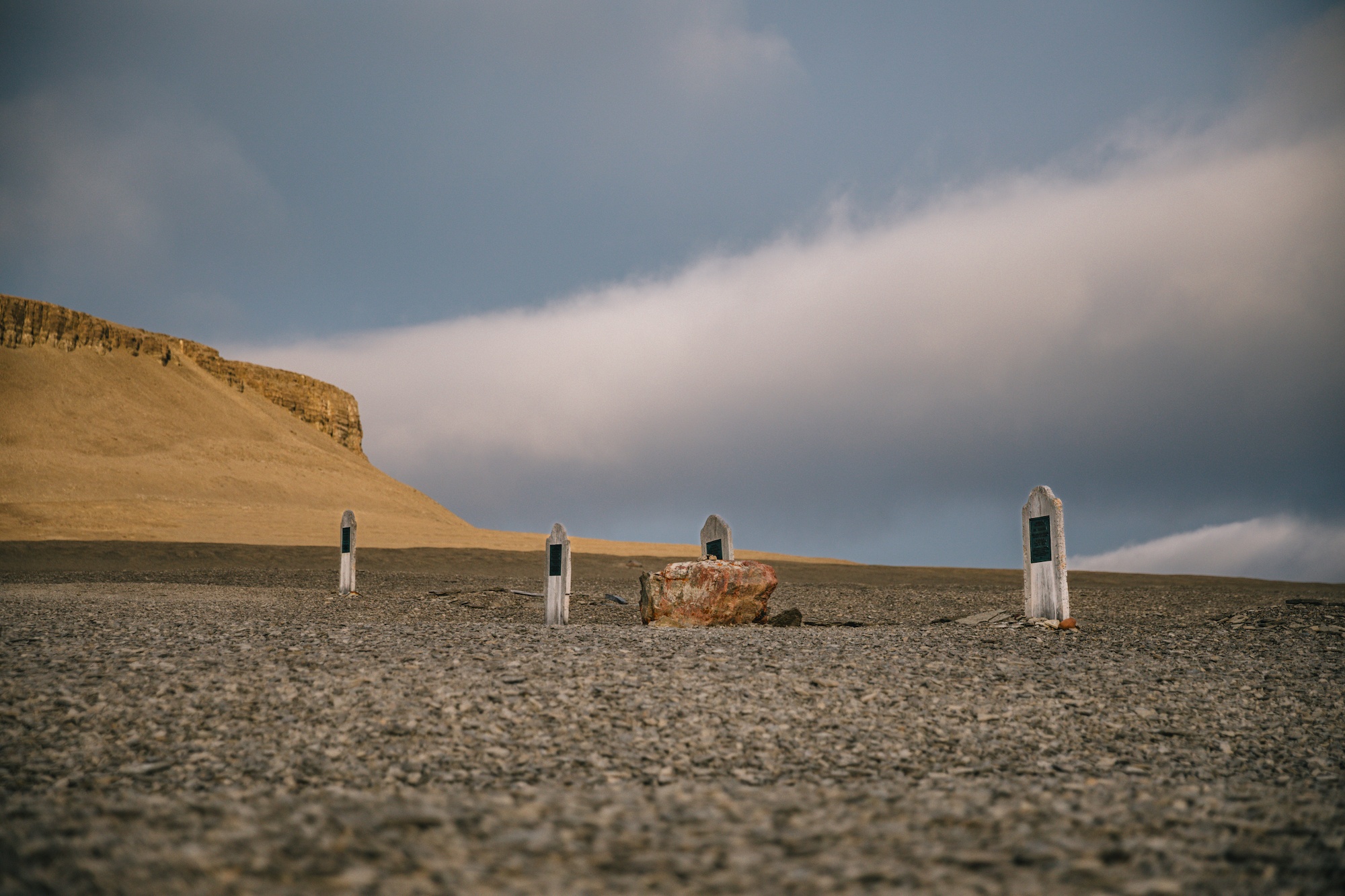
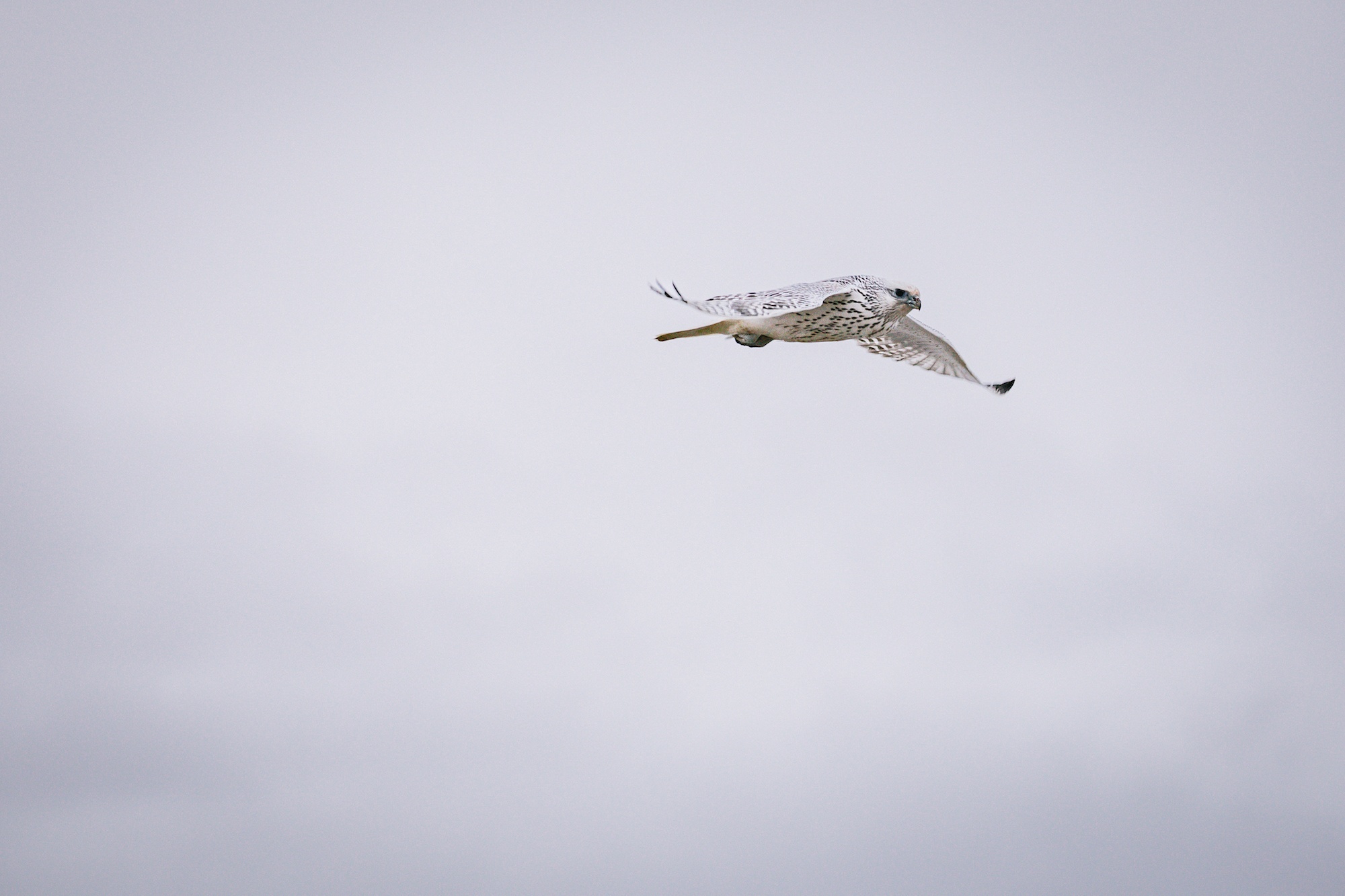
Coningham Bay
The Northwest Passage is a great place to see polar bears in the wild. Over half of the global polar bear population lives in the Canadian Arctic.
While traveling the Northwest Passage last summer onboard the Ocean Endeavour, I heard about this crazy bay where beluga whales go to roll around and scrape their dead skin off in the shallows. They are trapped inside the bay at low tide because the entrance is so narrow and shallow, and polar bears flock here to hunt them.
At first, I was like, that’s insane and can’t be real. Polar bears hunting whales?!
But then, when we rocked up to Coningham Bay, sure enough, there were over a dozen polar bears eating beluga whales! We passed narwhal as we zoomed inside the bay, and there were beluga splashing around, too. Mum and cubs, big bears, even a bear that had just died. I can’t stress how rare it is to see multiple bears together who aren’t a family.
It was wild, and it definitely ranks high as one of the coolest wildlife experiences of my life!
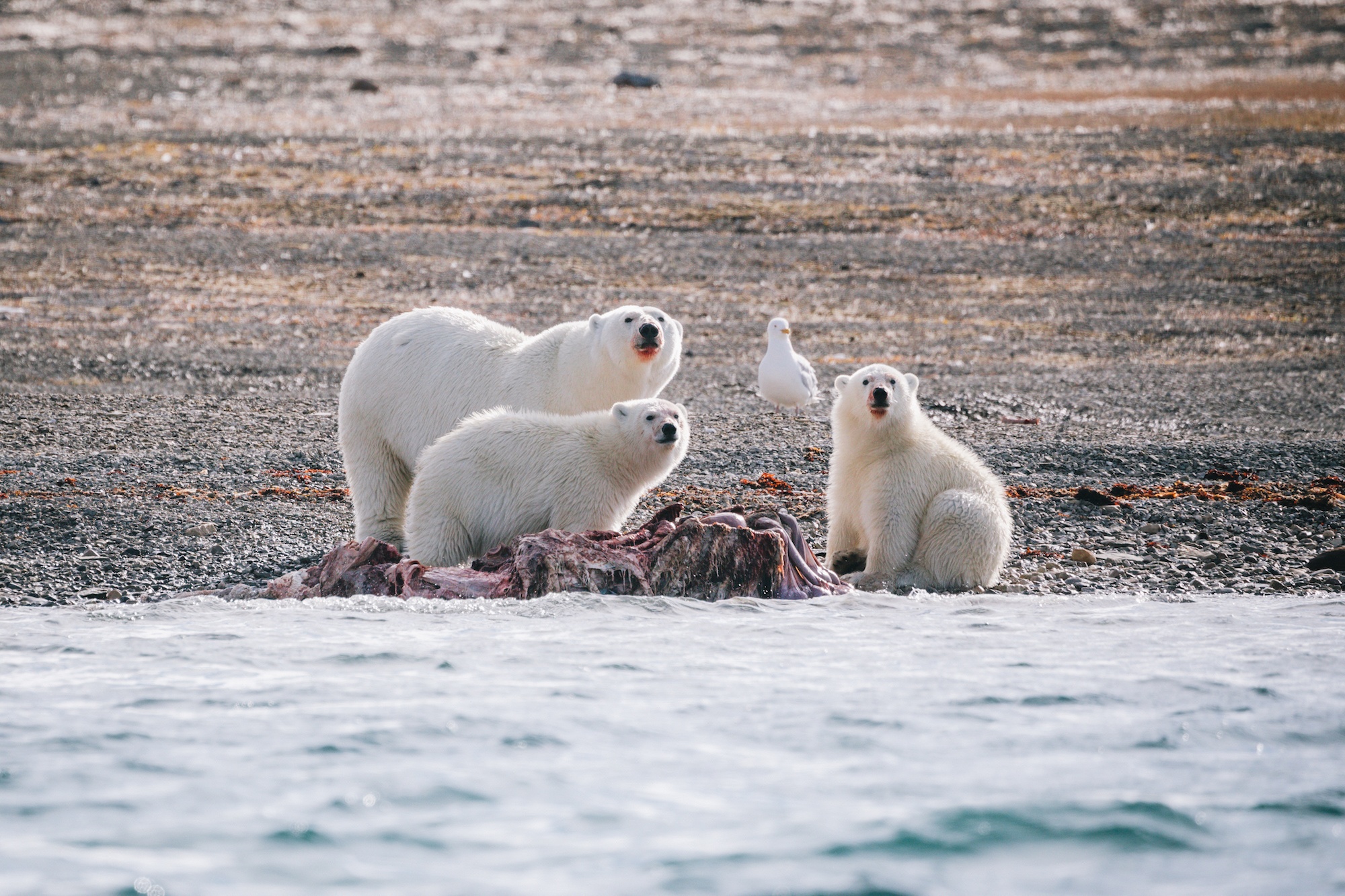
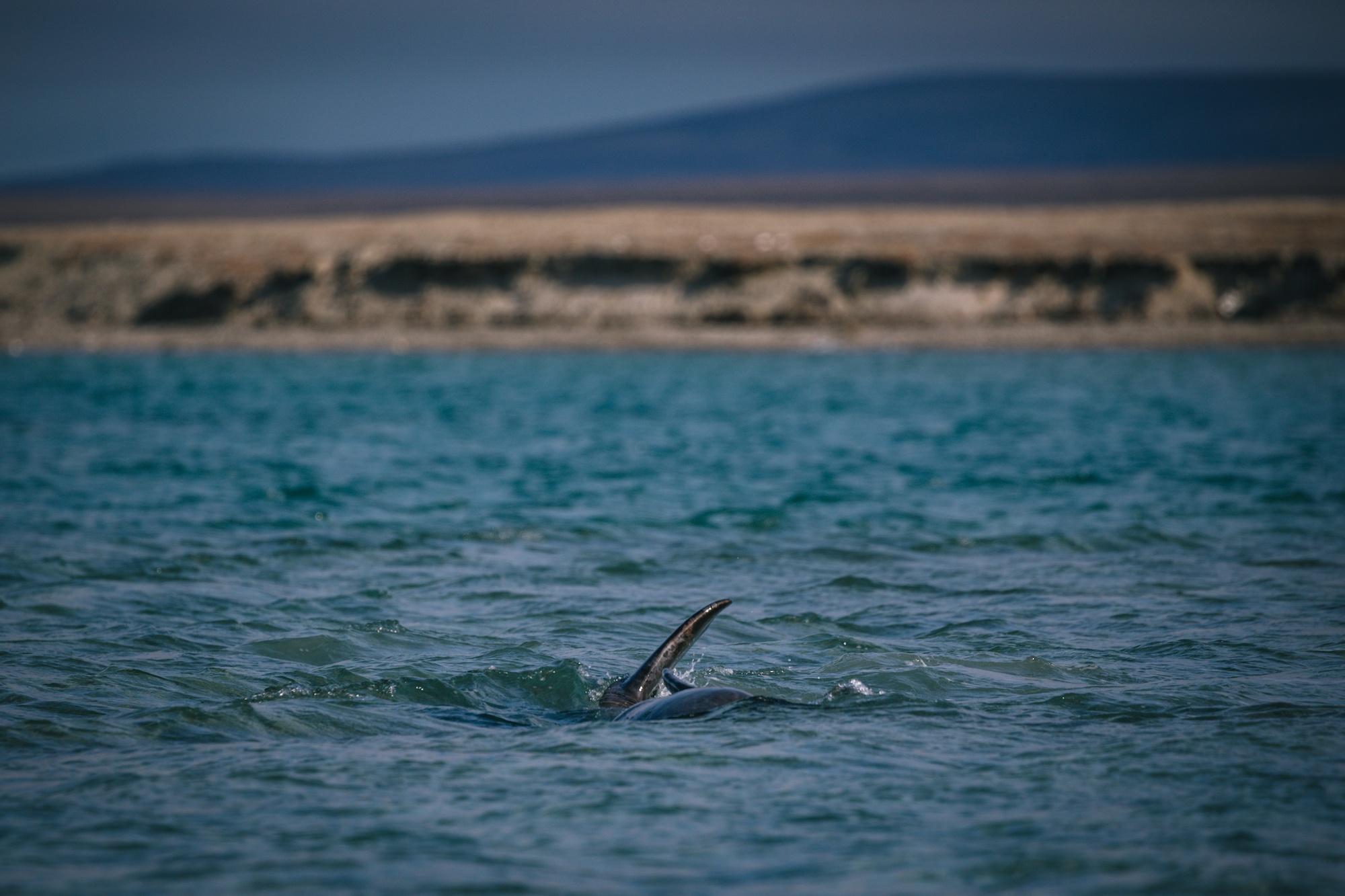
Port Epworth
One of the coolest things about Adventure Canada is that they have had a long-term relationship with Canadian icon Margaret Attwood. A passionate conservationist and birder with her late husband, Graeme Gibson, they support and encourage many conservation efforts and leaders, especially with BirdLife International.
She generally comes on a trip per year. Last year, I was lucky enough to sail with her from Iceland to Greenland. She is even more amazing in person. A few years ago, she even wrote a short story onboard the Ocean Endeavour called Stone Mattress about murder and revenge. It is so dark and so good.
I won’t give too much away, but the setting was Port Epworth in the Northwest Passage. Home of stromatolites, fossilized algae colonies, they were some of the earliest forms of oxygen production; they’re really freaking old. Stromatolite in Greek means more or less “stone mattress.” Strikingly similar in appearance to cinnamon buns, which the kitchen served that day, sparking the idea for some of the guys onboard to form a band called the Frosted Stromatolites, jamming after dinner some nights.
I’ll just say it was a really fun trip.
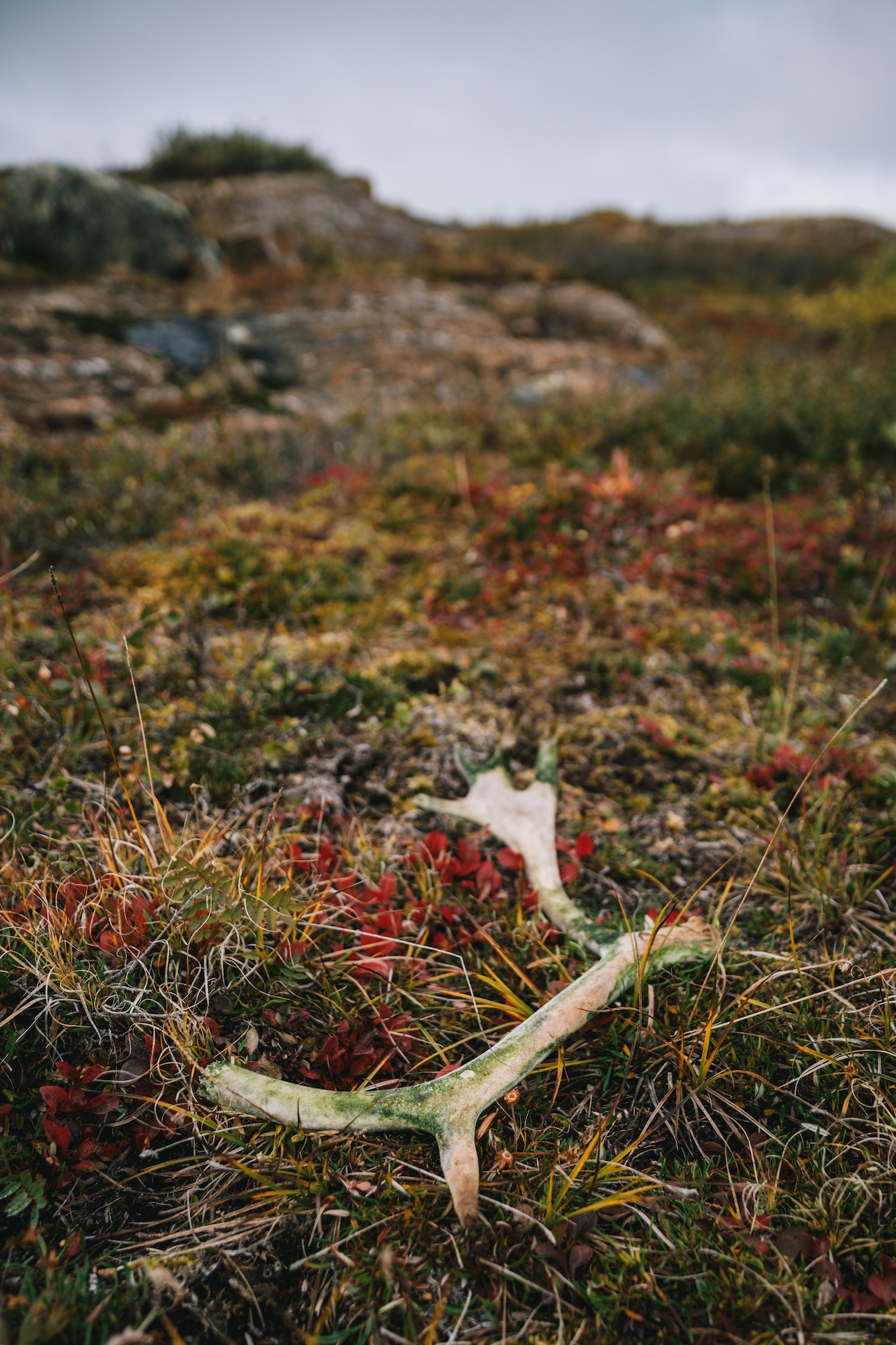
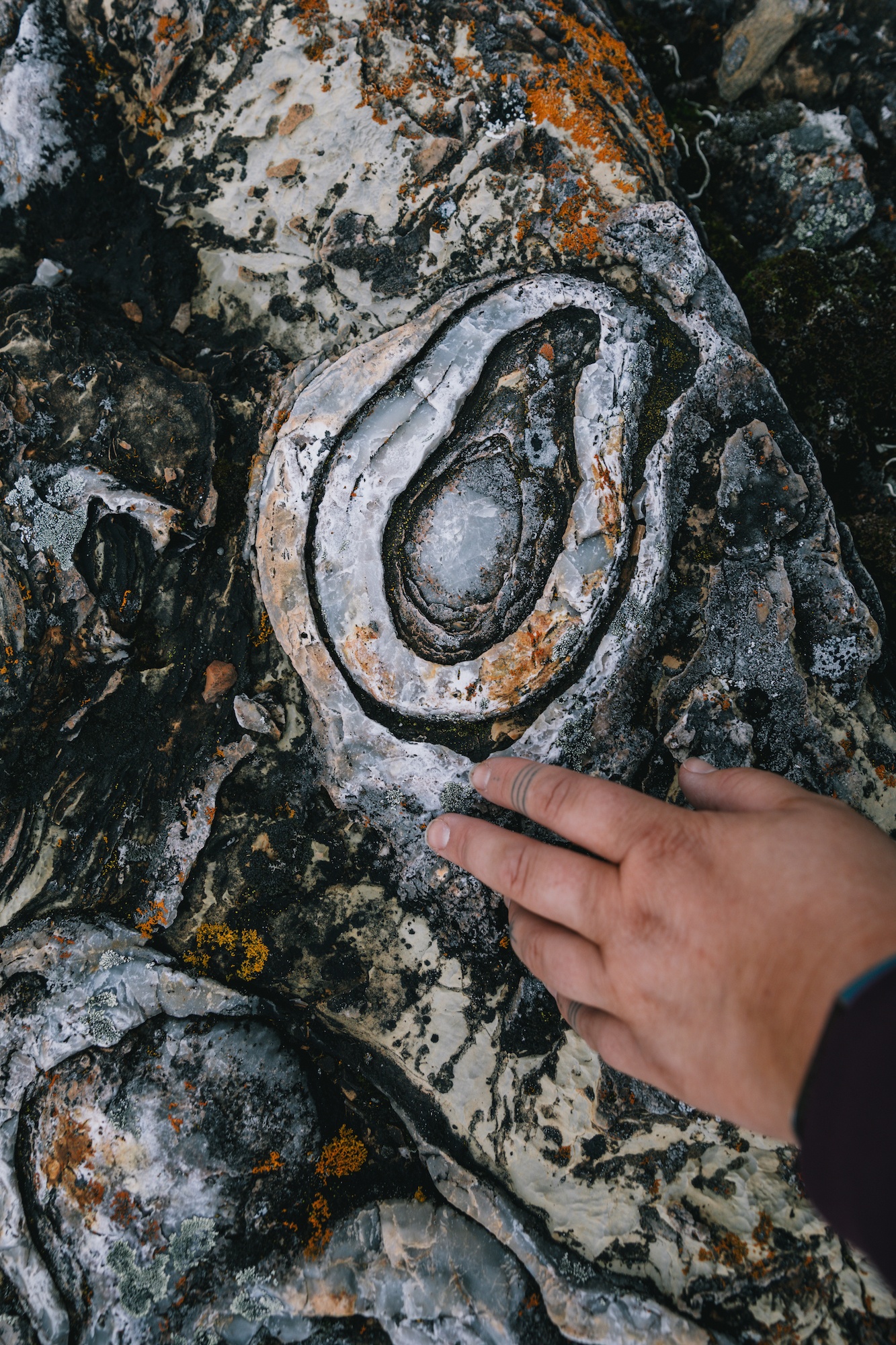
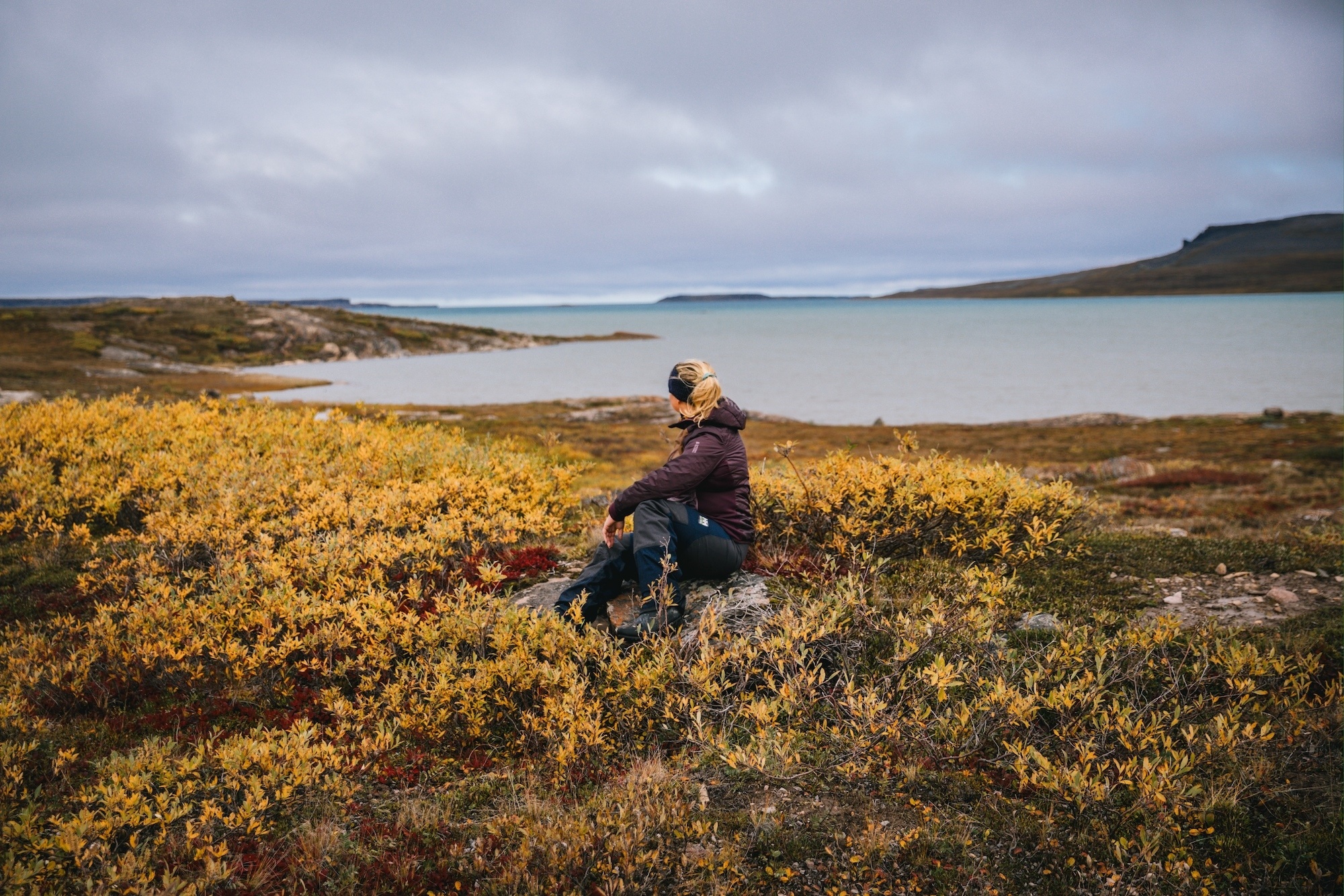
Baffin Bay/Saknirutiak Imanga
If you travel by sea through the Canadian Arctic and western Greenland, you’ll eventually reach the vast icy wilderness of Baffin Bay.
Home to mostly sea ice, lots of wildlife, and a ton of history, Baffin Bay is an iconic waterway in the Arctic. We venture into Baffin Bay on most Arctic trips with Adventure Canada, whether we are crossing over to Canada from Greenland or along as we voyage up and down Greenland’s western coastline. One of the coolest experiences of the season was landing on some old sea ice and walking around in Baffin Bay. That was new for me!
Indigenous peoples had settled around the area for thousands of years, and some of the earliest Europeans venturing into the Arctic, including early Norse colonizers, also visited. Baffin Bay is an important hub if you want to travel the Northwest Passage one day.
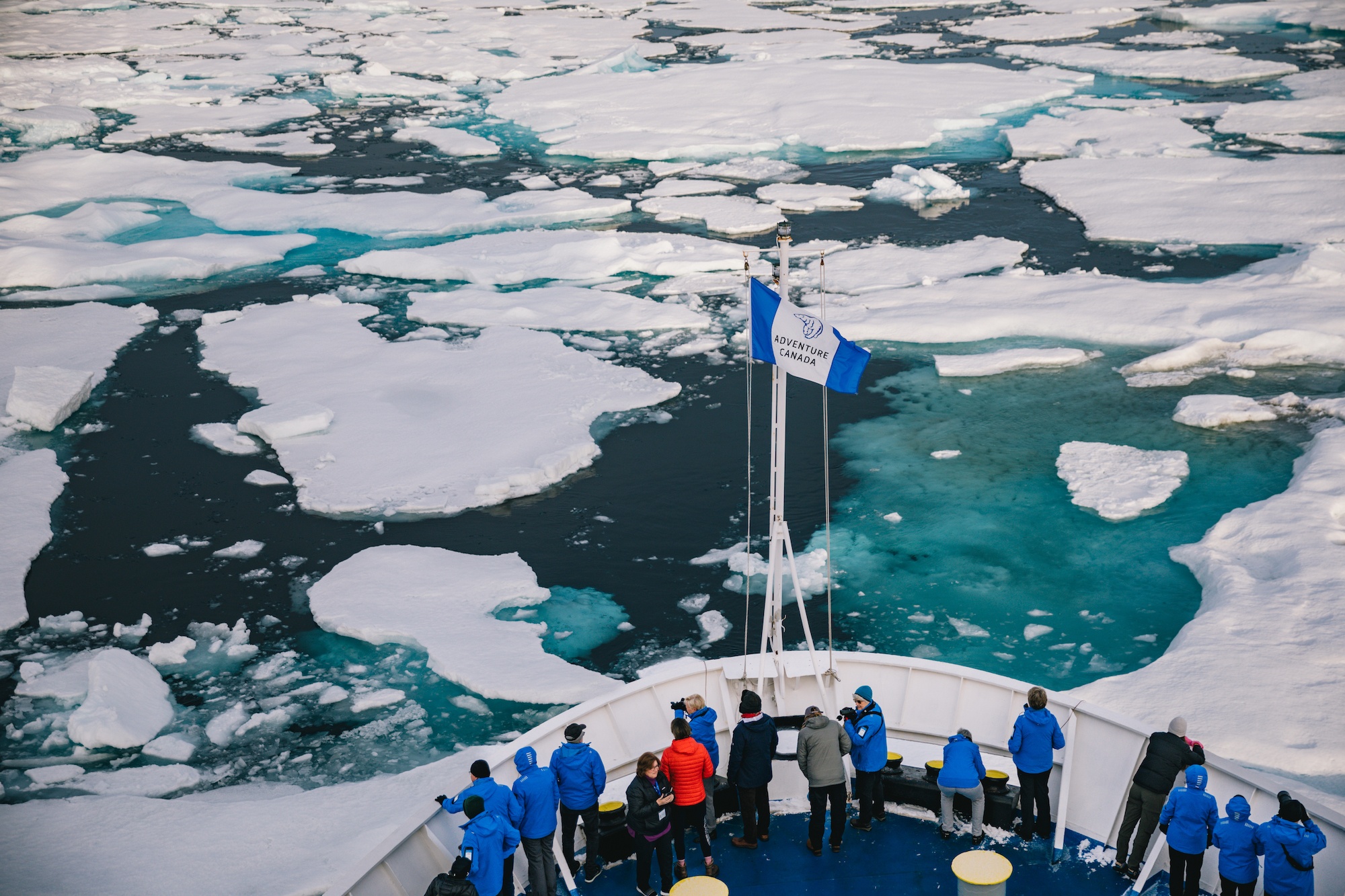
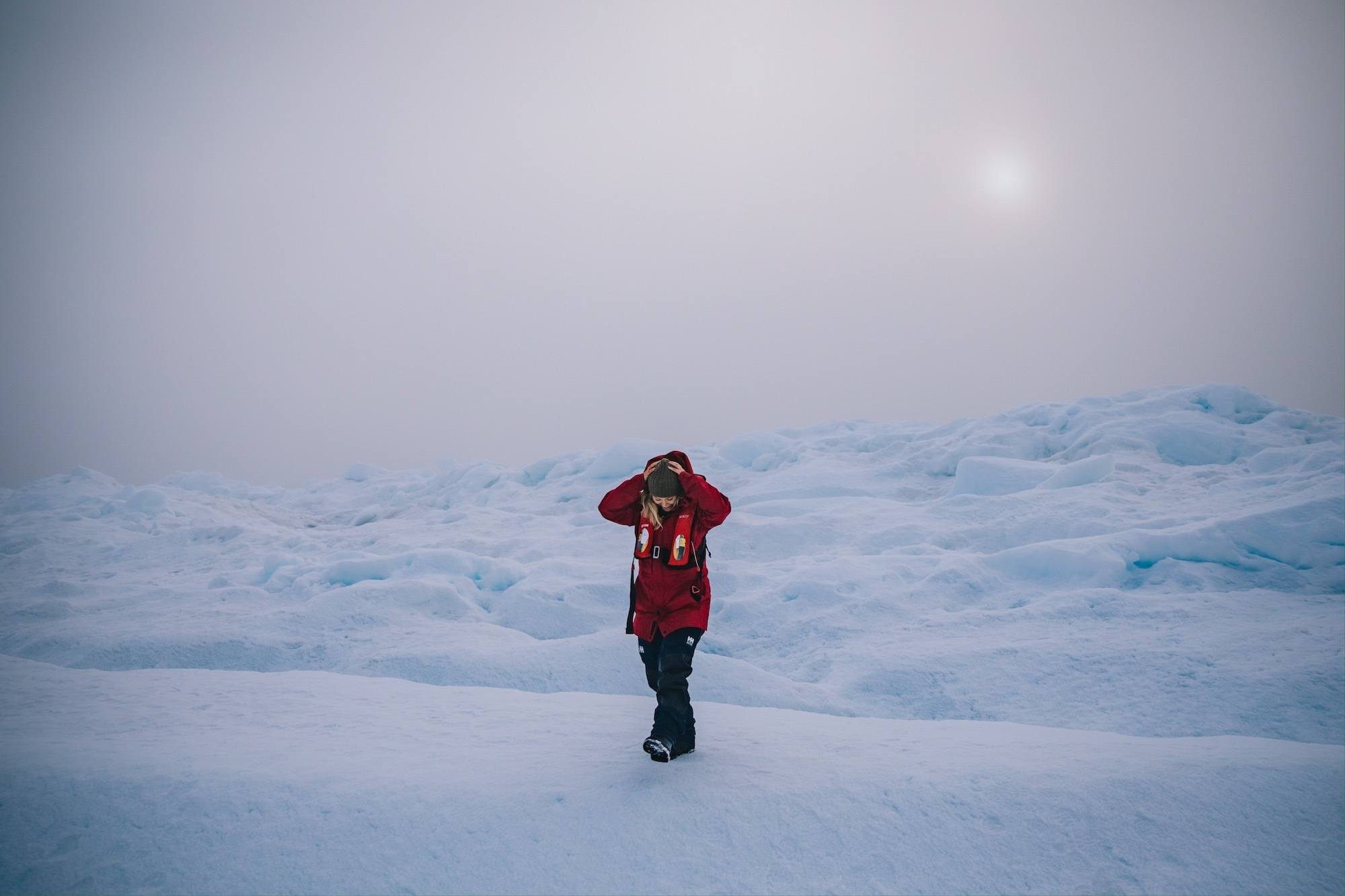
Gjoa Haven/Uqsuqtuuq
Netsilik Inuit have long used the area around Gjoa Haven/Uqsuqtuuq for traditional hunting and fishing grounds. But like so many places in the Canadian Arctic, the history we see today is based on when Europeans arrived to travel the Northwest Passage.
Gjoa Haven is a community where legendary explorer Roald Amundsen based himself for two years on his journey to be the first European to sail through the Northwest Passage. Here, he learned so much about surviving in the Arctic from the Inuit. It was named after his boat, the Gjøa.
Nowadays, it’s a remote community, and we spent the day here visiting the incredible Nattilik Heritage Centre and at the school. It was the first Arctic community I ever visited.
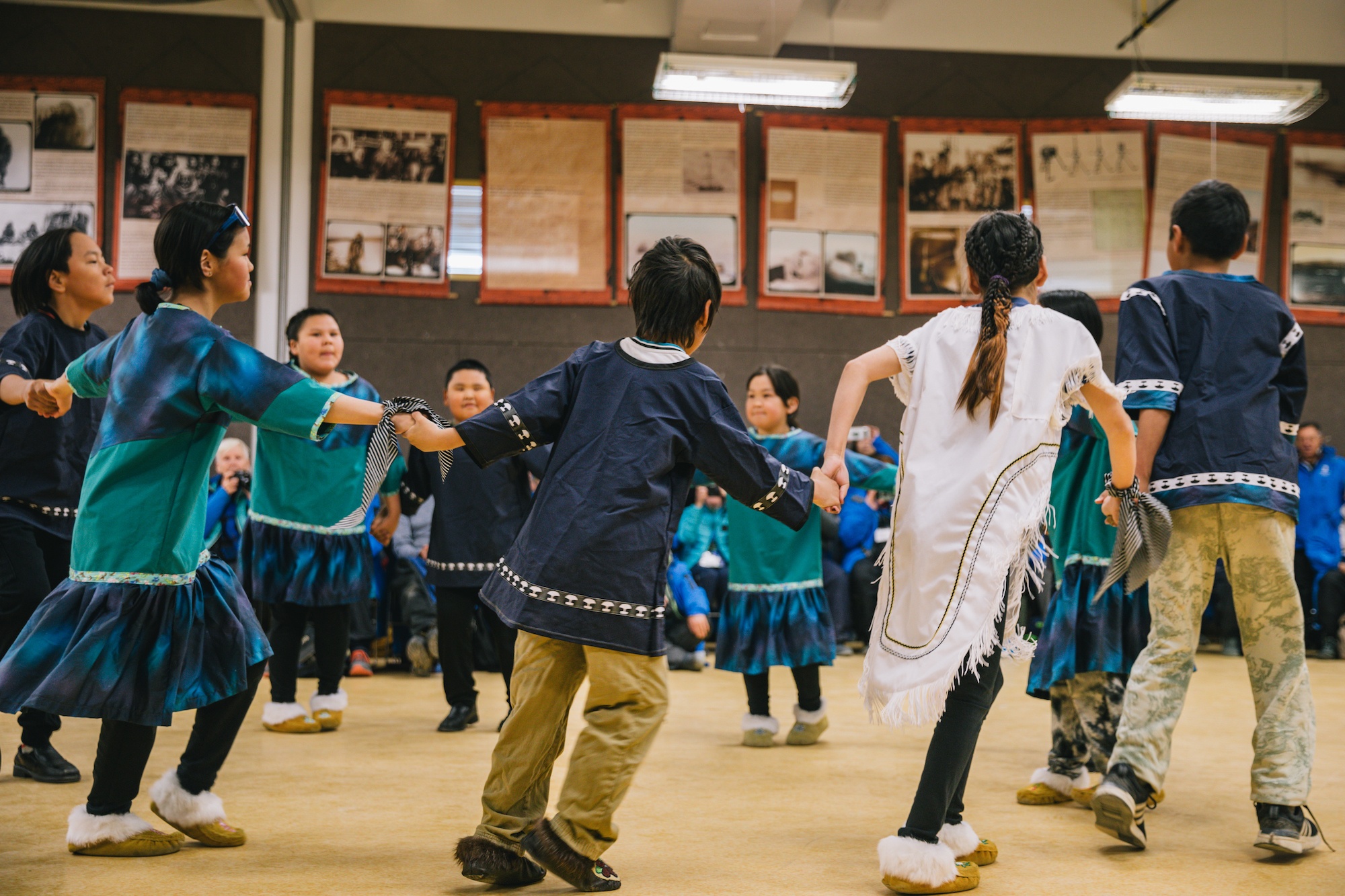
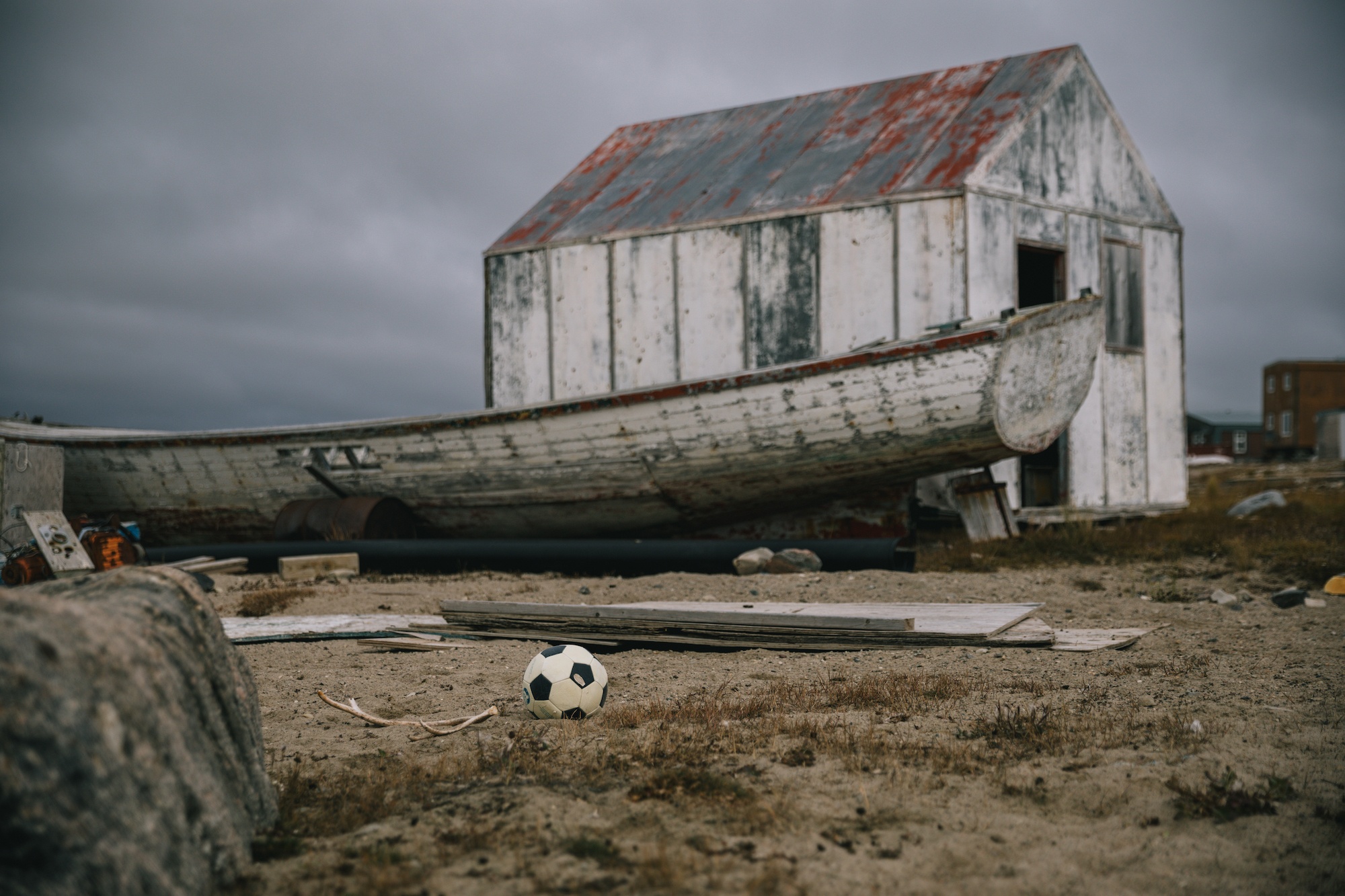
Powell Inlet (in the Tallurutiup Imanga National Marine Conservation Area)
Ok, guys, I’m going to let you in on a little secret: after three months at sea working in the Arctic, I can safely say that I’m more scared of a walrus than a polar bear. I’m only partly kidding.
We all know the king of the north is the great white polar bear. Something everyone longs to see, but only in a safe environment. Traveling with a gun in polar bear country is pretty standard wide across the Arctic. Most expedition companies will have polar bear guards, scouting landing sites and setting safe perimeters for guests to explore.
It’s to protect the bears as much as the humans and many protocols exist. NO ONE ever wants to shoot a bear. Any hint of danger and landings are called off. I felt totally safe everywhere, including in Svalbard. Most of the bears we saw ignored us, including one day in Labrador, where a big fat chonky mama bear snoozed amongst the tundra berries for hours.
However, I reckon the real predator of the Arctic is the walrus. Hear me out. If their crazy red eyes didn’t hint at their true nature, just watch some YouTube videos of them popping zodiacs in Russia. Terrifying. After spending so much time with Inuit guides and plowing through tons of old Arctic expedition journals, I learned that everyone fears the mighty walrus.
There are so many stories of them attacking kayaks and boats with people, torpedoing up from underneath, and killing people. Up here, humans are very wary of the ferocious walrus. But seeing them (at a safe distance) is pretty special and not super common.
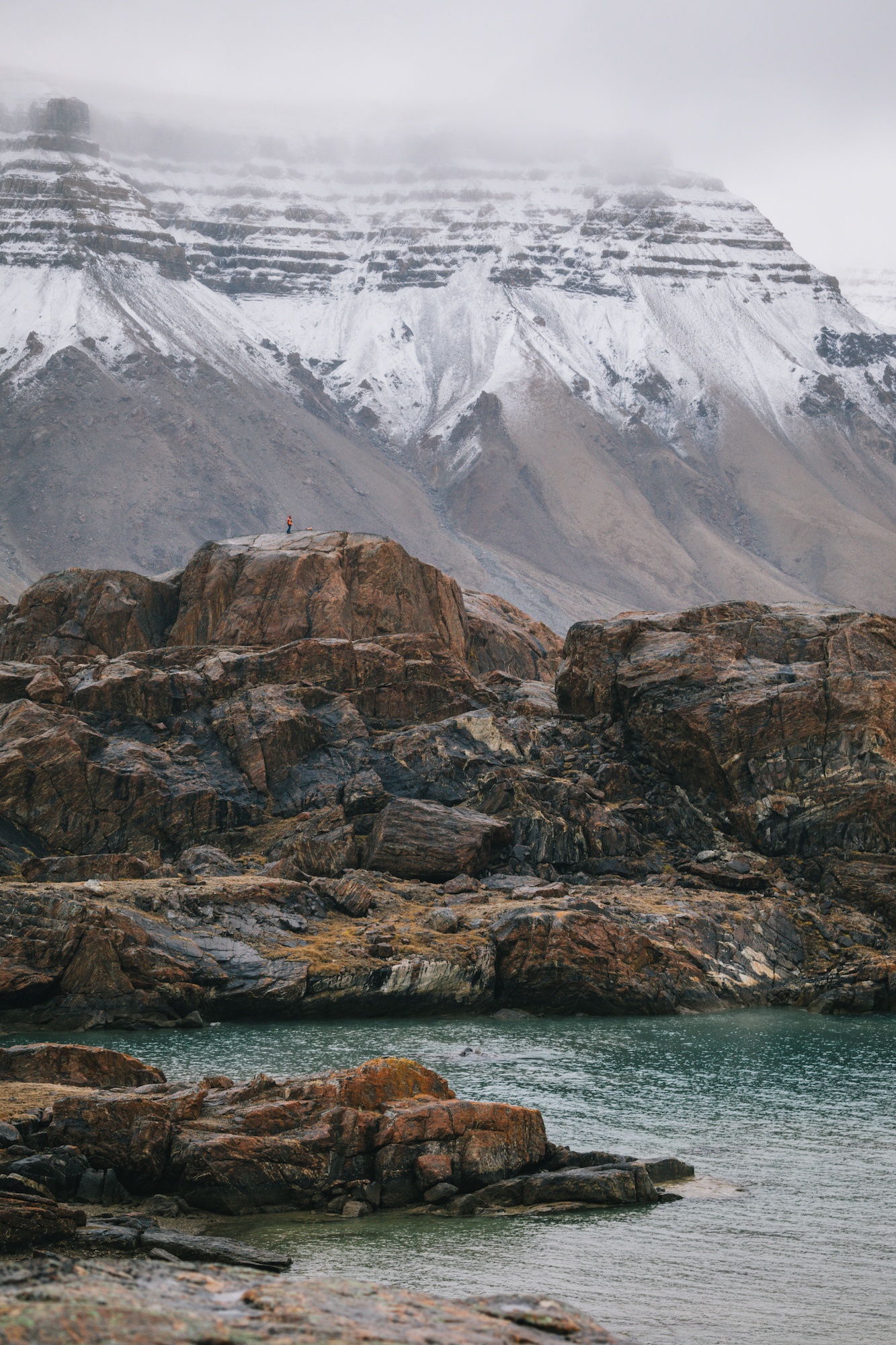
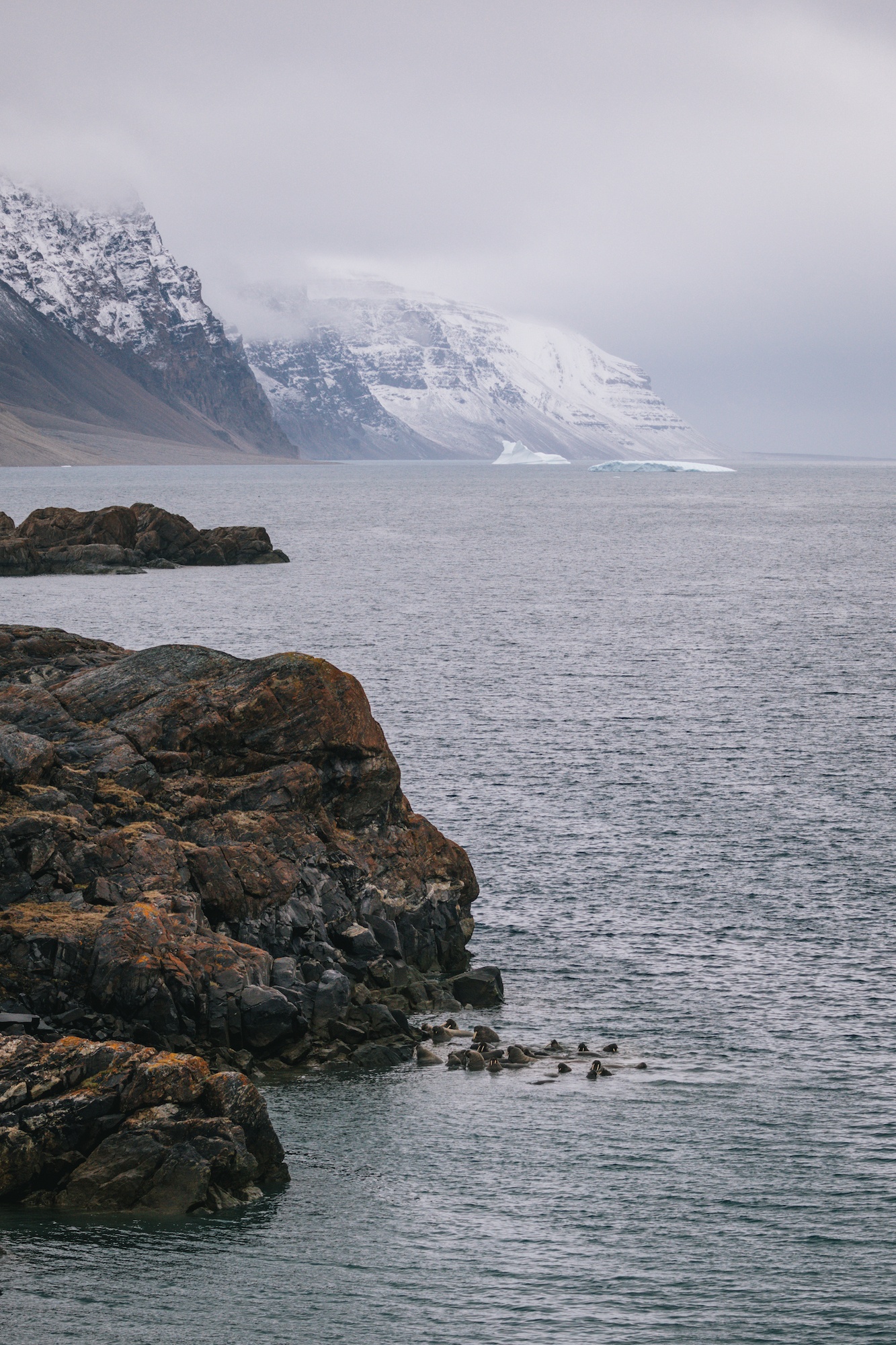
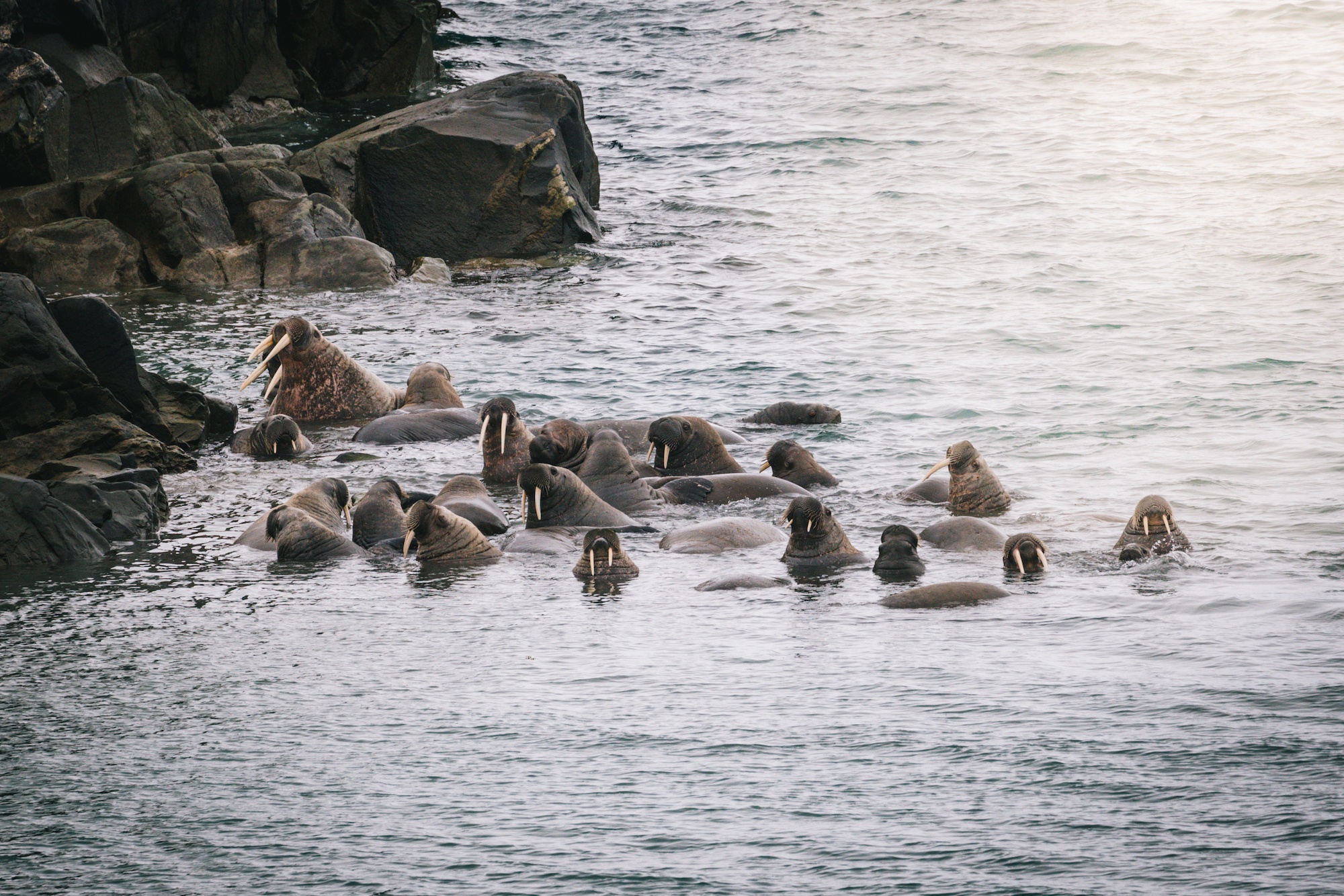
Croker Bay
It was one of those misty, low-cloud days when we cruised into Croker Bay. It is located on the southern side of Devon Island, the largest uninhabited island in the world. In 1819, British polar explorer William Edward Parry named it in honor of John Wilson Croker, the First Secretary to the Admiralty at the time.
At the head of the fiord, the spectacular Croker Glacier drops down to the water from the Devon ice cap. As the day darkened, the sun peeked through the clouds above the glacier, creating the most beautiful misy light. We cruised back and forth along the glacier face by ship, allowing us to get close to the ice.
It was a spectacular evening to travel the Northwest Passage.
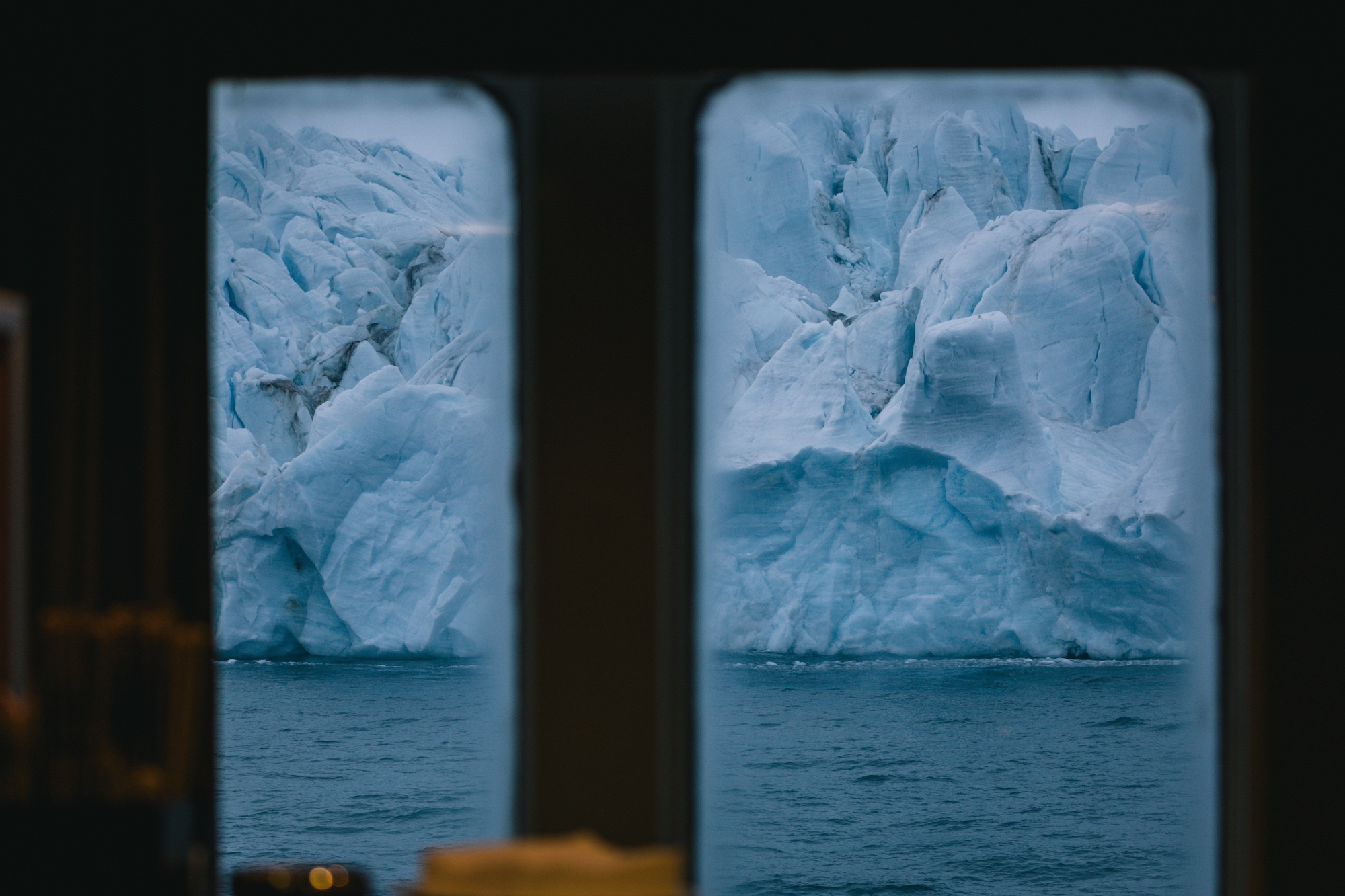
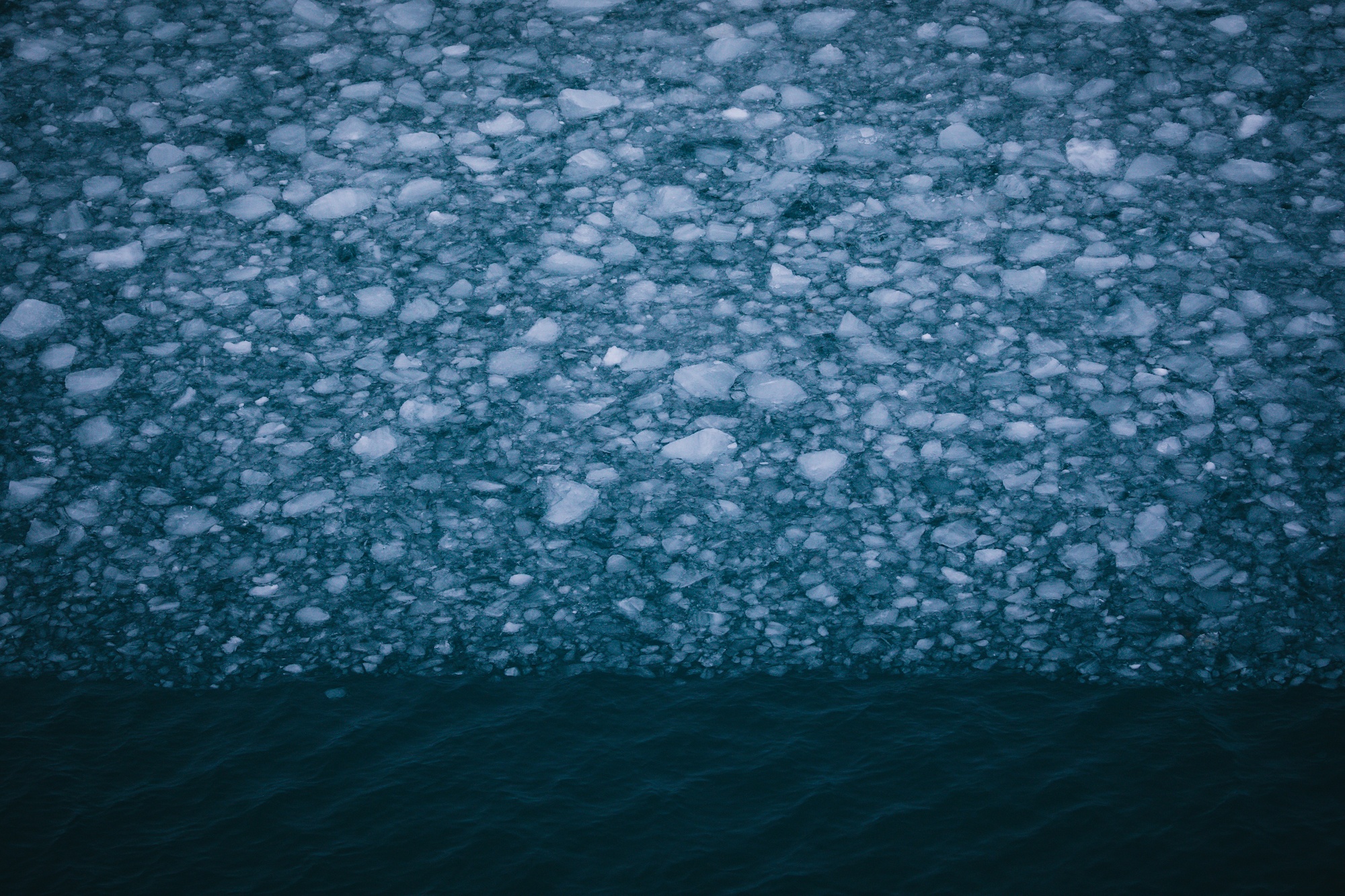
Dundas Harbour
Regarding the darker side of history in the Arctic, Dundas Harbour sits high on my list of grim places. It didn’t help that it was moody, snowing intermittently when we arrived. The ground was strewn with huge, grisly bones left by polar bears. The vibe was definitely bleak and desolate.
Located on the eastern side of Devon Island, Dundas Harbour was set up in the 1920s as an outpost by the Royal Canadian Mounted Police (RCMP). This allowed them to stake their claim in the Arctic. All the big guns were doing this at the time. And speaking of guns, two young Mounties stationed there died. One a suicide, the other when a gun accidentally discharged. Their graves overlook the harbor.
But the even darker side of Dundas Harbour began shortly after when the Hudson’s Bay Company leased it as a trading post, coinciding with Canada’s High Arctic relocation program, forcibly moving Inuit around the Arctic. The impact of forcibly taking people from their homes and traditional hunting grounds and moving them where the government decided they should be has had such traumatic consequences that ring strong today among Canadian Inuit and other First Nations people.
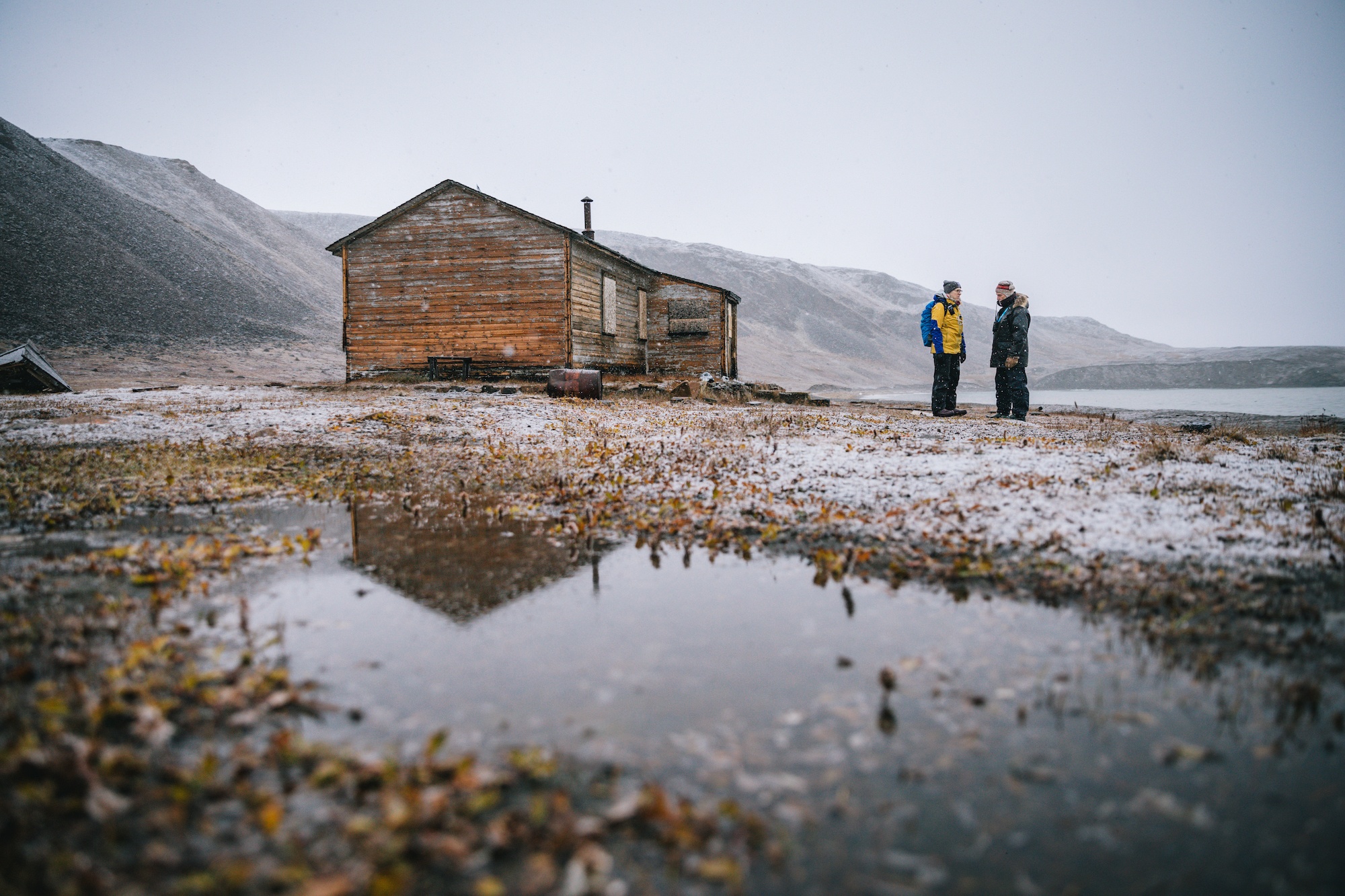
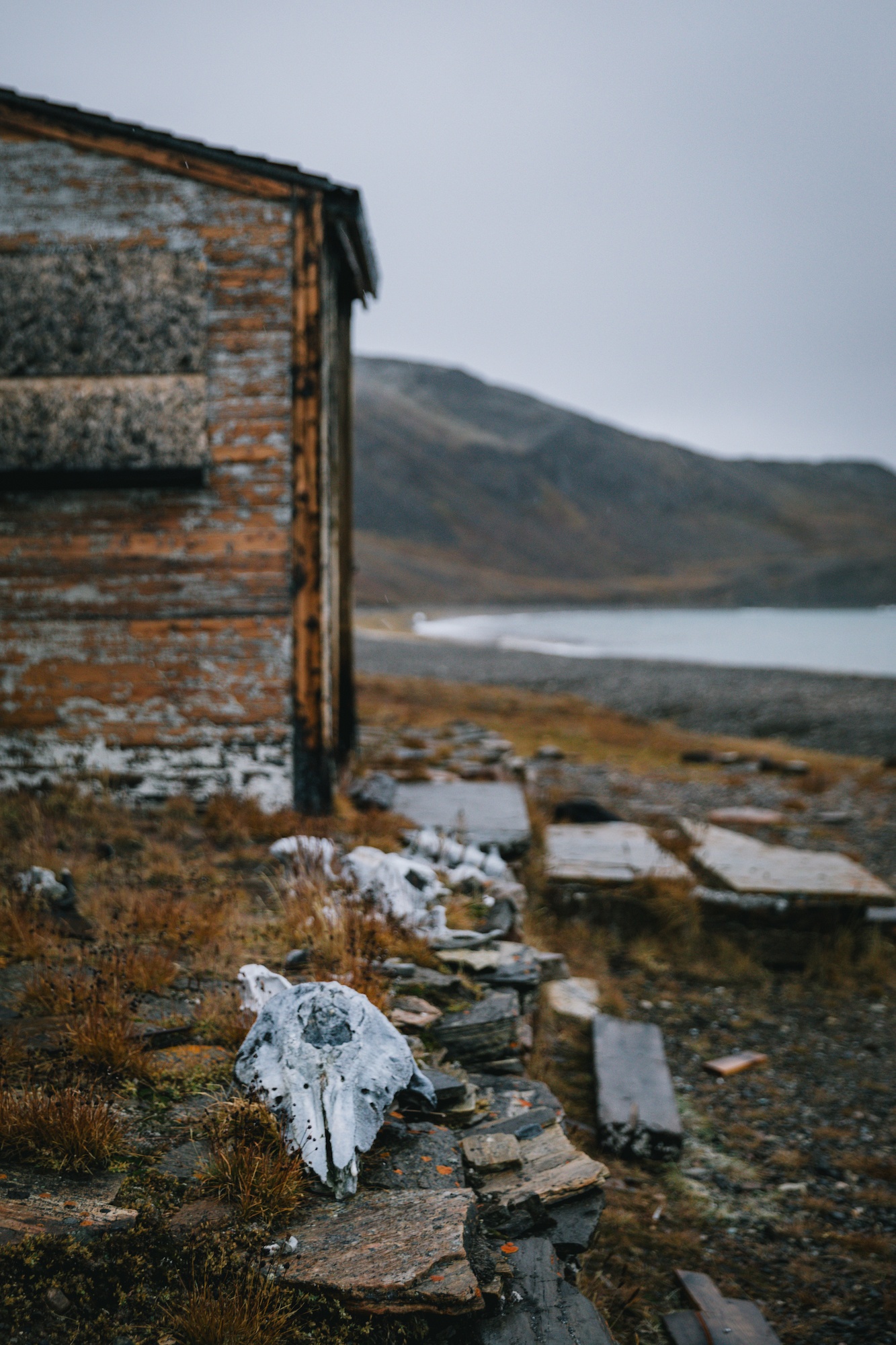
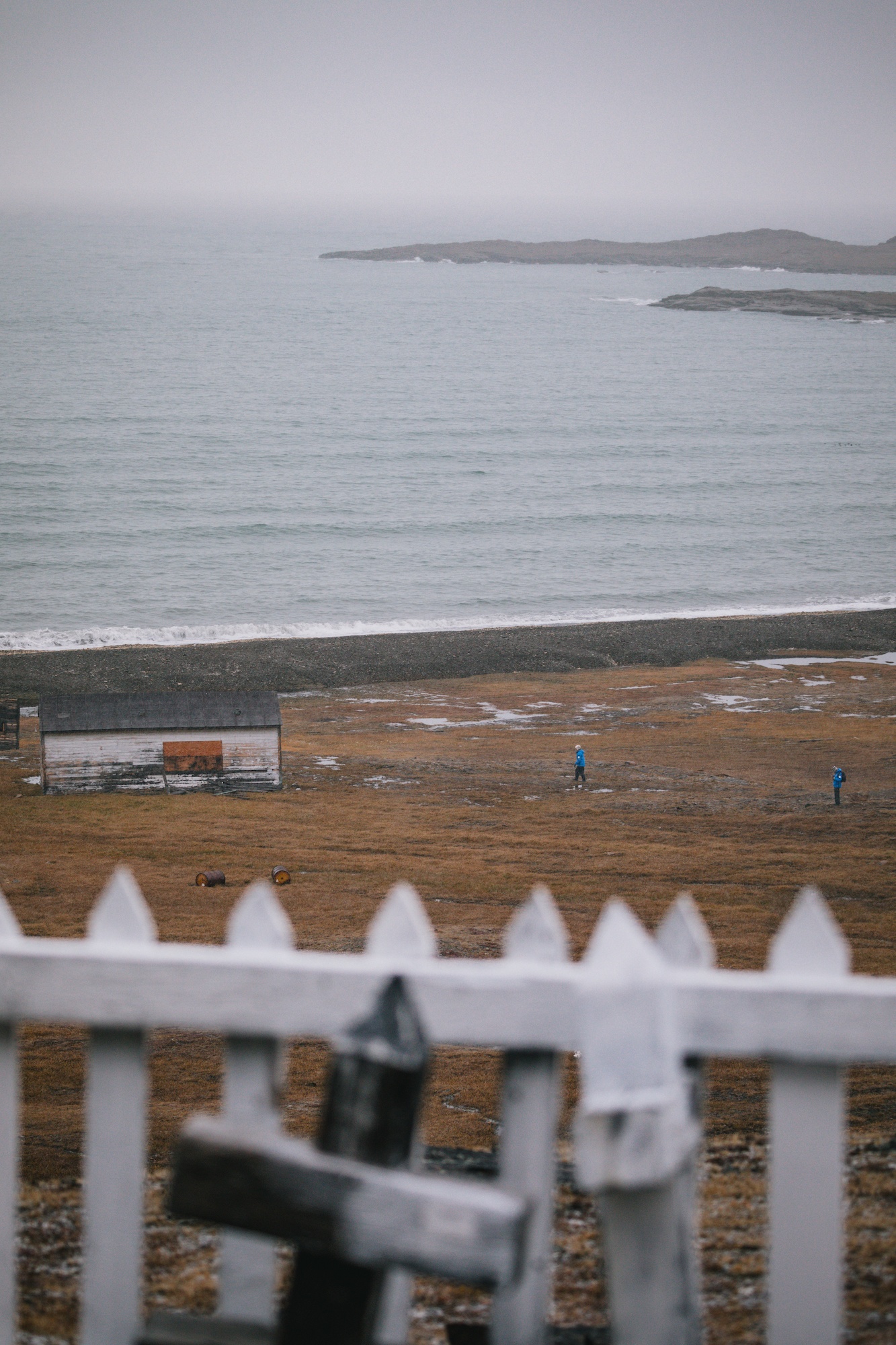
Port Leopold
When we first arrived at Port Leopold, we could see a mother polar bear and cubs on shore, heralding a change of plans.
Instead, we cruised near a new landing site on Somerset Island, surrounded by iconic cliffs and Arctic landscapes. In 1848, British explorer James Clark Ross spent a winter here during his search for the missing Franklin expedition. Port Leopold was once a Hudson’s Bay Company trading post.
The change meant we were able to visit Thule archaeological sites. This style of expedition travel gave us a feeling of discovery. How many people ever walked here? Not a lot.
Would you ever be up to travel the Northwest Passage one day? Spill!
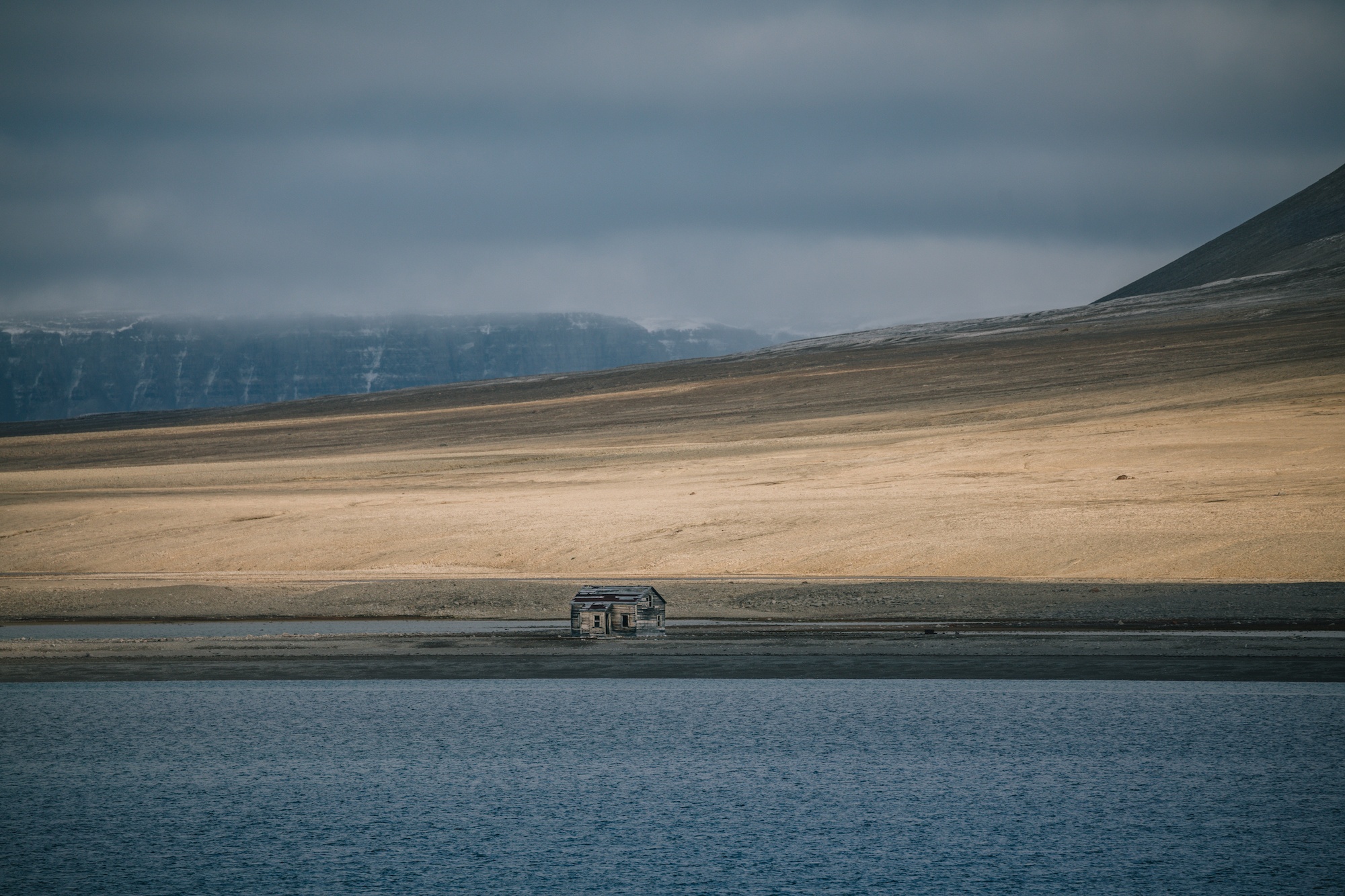
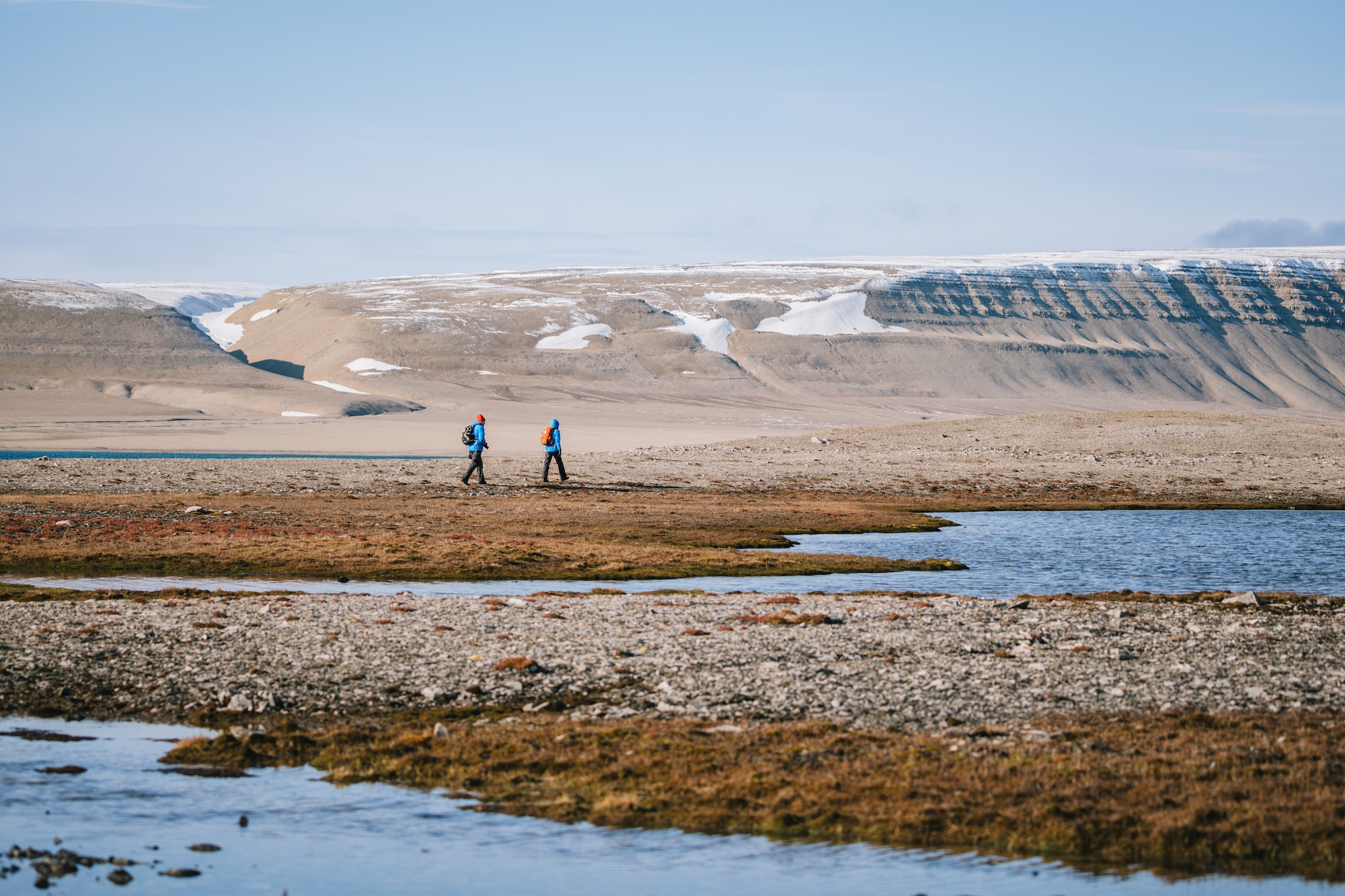
Many thanks to Adventure Canada for hosting me in the Arctic – like always, I’m keeping it real – all opinions are my own, like you could expect less from me!
The post 25 photos to inspire you to voyage through the Northwest Passage appeared first on Young Adventuress.

